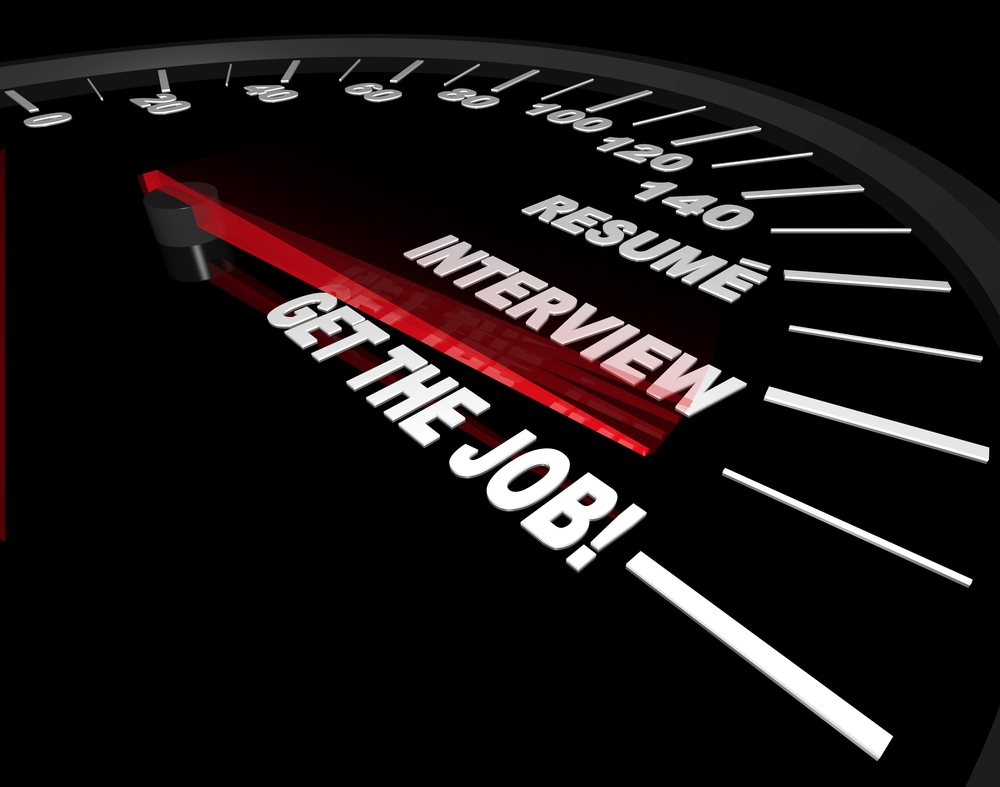Crafting a compelling résumé is like presenting a snapshot of your professional journey and getting it right can make a significant difference in catching a recruiter’s or hiring manager’s eye. Let’s dive right into what we typically look for and some things to avoid:
Clear and Concise Format:
We appreciate résumés that are easy to read and well-organized. When skimming through numerous CV’s, clarity is key. Candidates should avoid cluttered formats, overly elaborate designs, or fonts that are hard to read. Instead, opt for a clean layout with clear headings and bullet points to highlight key achievements and experiences.
We love action words! “Managed,” “Achieved,” “Implemented”, etc. can bring your accomplishments to life. Quantifying achievements with numbers adds substance. For example, rather than saying “Responsible for sales growth,” consider stating “Increased sales revenue by 30% within six months.”
Relevant Skills and Experience:
We focus on finding candidates whose skills and experiences align with the job requirements. Tailoring your résumé to the specific job description is crucial. Highlighting relevant skills and experiences that match the job posting increases your chances of standing out. However, don’t just copy and paste your company’s job description. Instead, review your current (and past) duties and tell us what you’ve done and how you did it!
Avoid including irrelevant information or going too far back in your work history unless it’s directly relevant to the position. For instance, if you’re applying for a software development role, your high school job at the local bakery might not be necessary to include.
Professional Presentation:
Recruiters assess not only your qualifications but also your professionalism and attention to detail. Spelling errors, grammatical mistakes, and inconsistencies can raise red flags and may indicate a lack of thoroughness.
To avoid such pitfalls, proofread your résumé multiple times, use spell checkers, and if possible, have a trusted friend or colleague review it for you. Also, be mindful of using a professional email address and ensure that your contact information is up to date.
Here’s a peek behind the recruiting curtain: we always compare a candidate’s résumé and LinkedIn profile to confirm dates, titles, and duties, so it’s a great idea to tidy that up now!
Moreover, certain elements like including middle initials in your name or personal details such as political or religious affiliations are generally unnecessary and can distract from the main content of your résumé. Stick to essential information relevant to your professional qualifications.
In summary, recruiters seek résumés that are clear, concise, and tailored to the job requirements. Mostly everyone can offer a great 3000’ level view in just 1-2 pages. Action-oriented language, quantifiable achievements, and a professional presentation are essential elements that can help your résumé stand out. By avoiding irrelevant information and unnecessary details, you can create a compelling résumé that showcases your strengths and qualifications effectively. Remember, your résumé is your first impression, so take your time and make it count!




